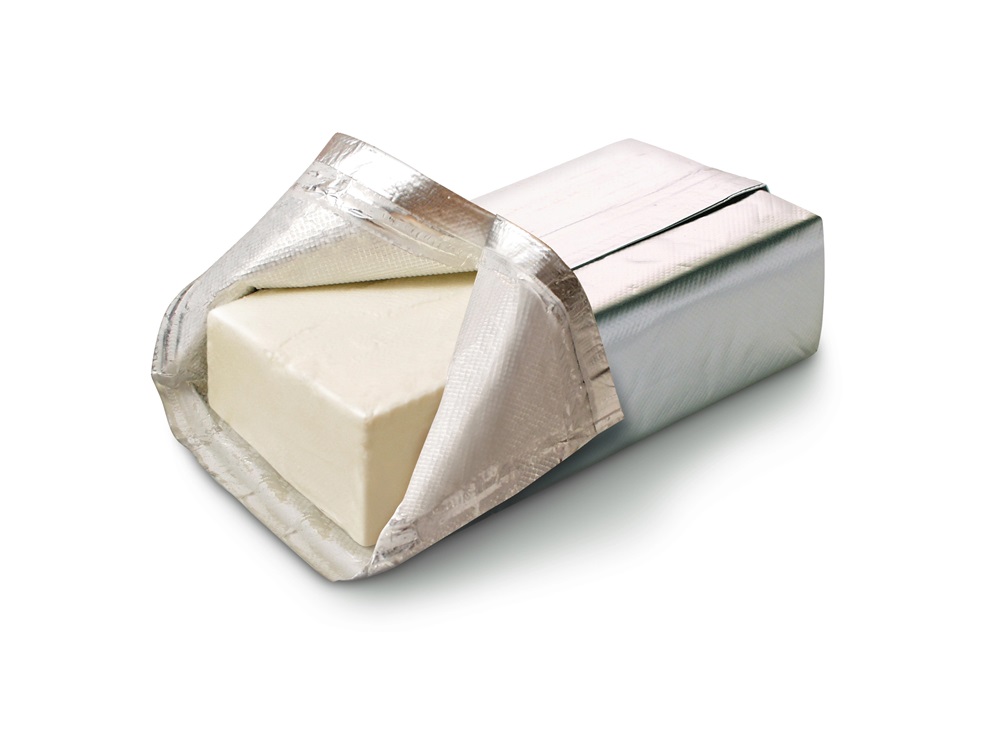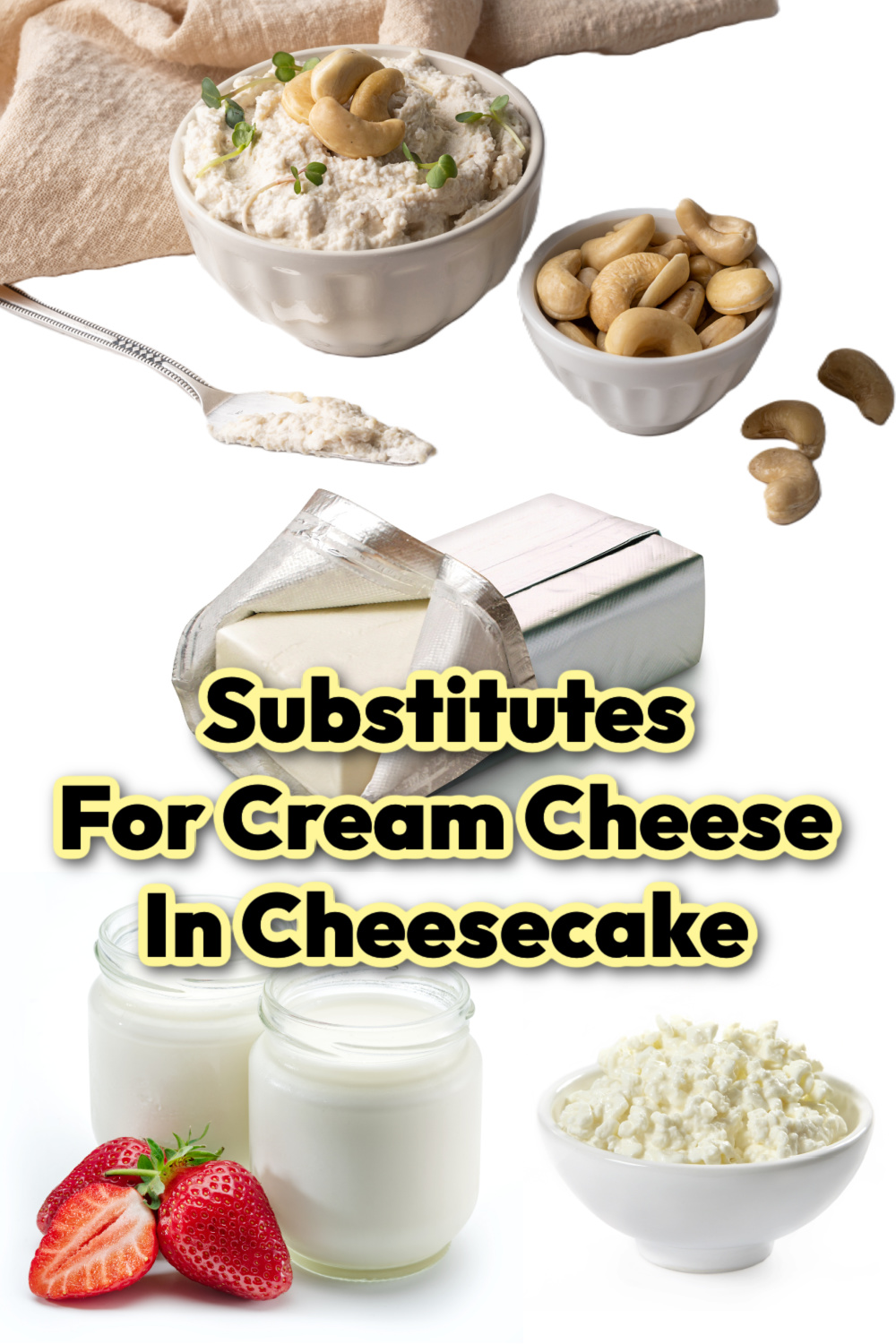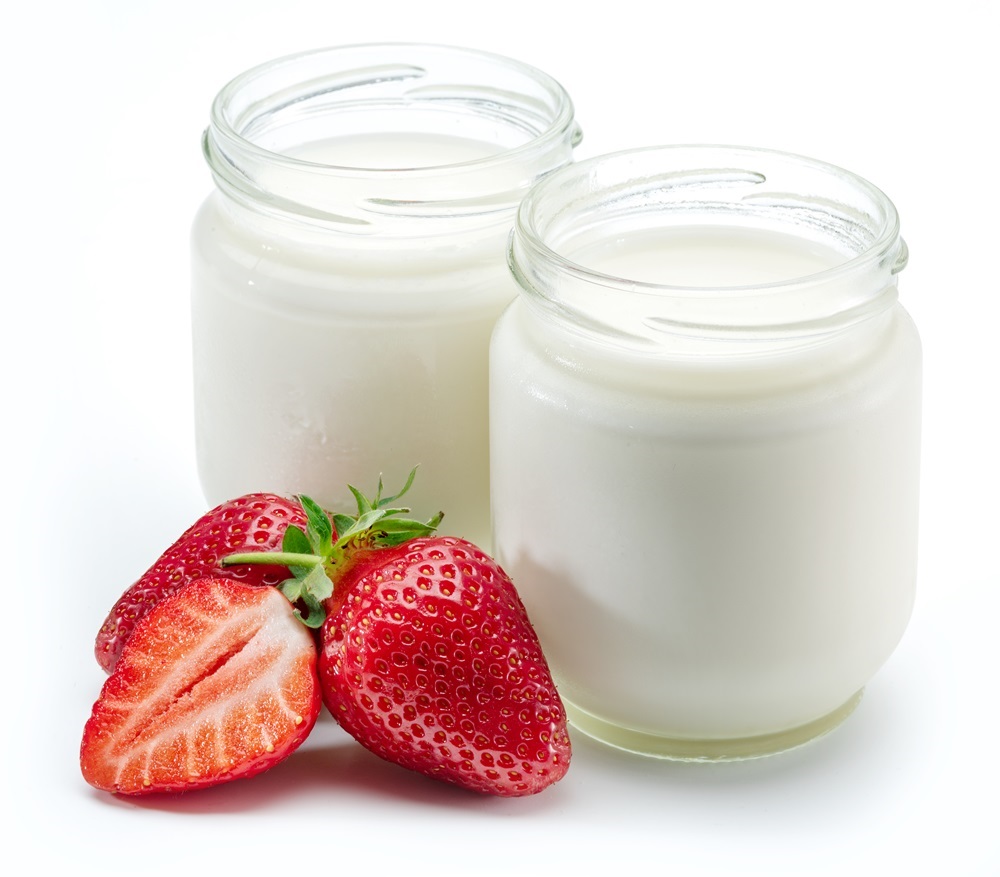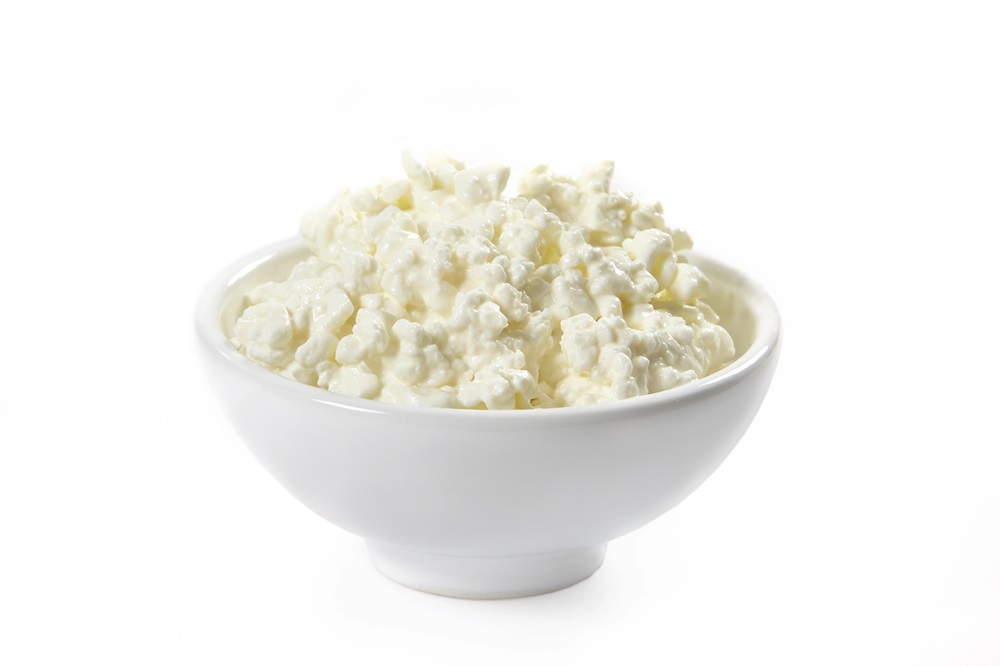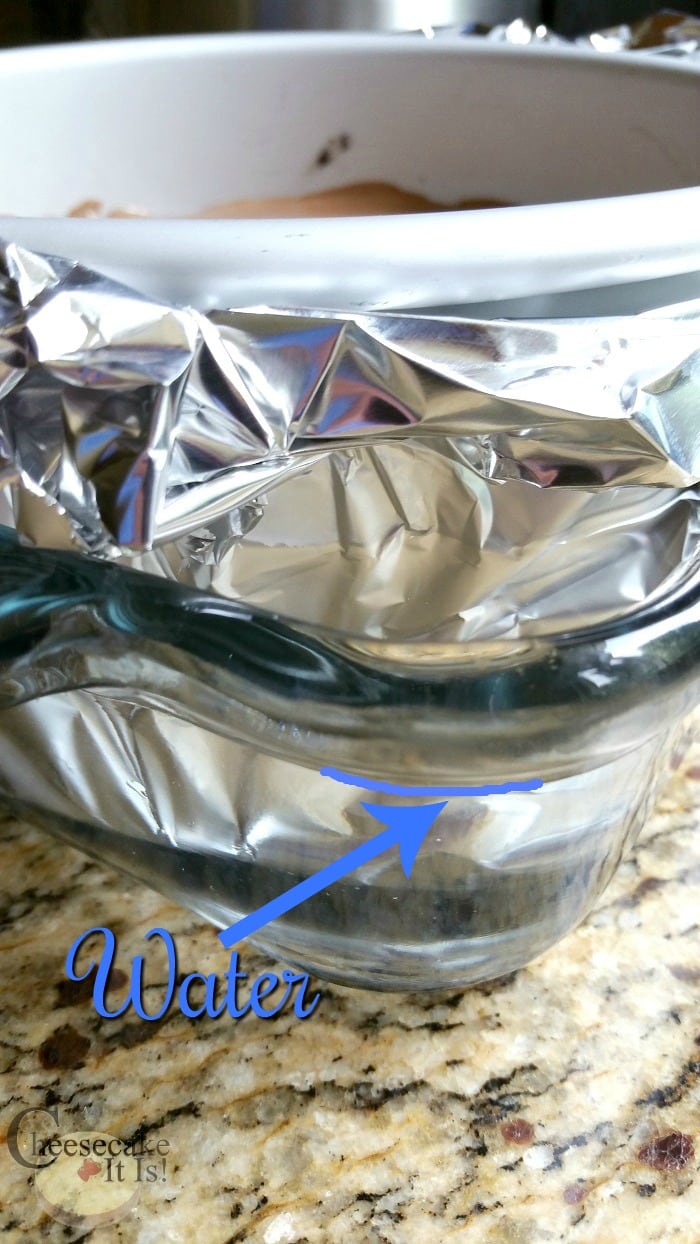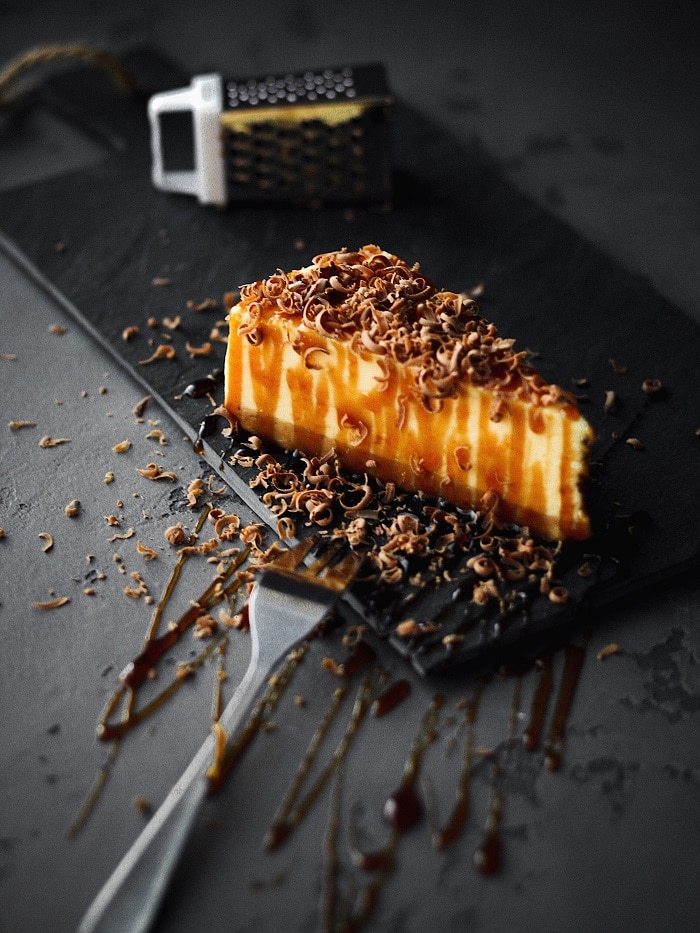11 Best Substitute For Cream Cheese In Cheesecake
Ever wonder what the best substitute for cream cheese in cheesecake is? When making cheesecake, cream cheese is the cornerstone ingredient that gives this beloved dessert its rich, creamy texture and distinctive tangy flavor.
However, whether due to dietary restrictions, availability issues, or simply a desire to experiment with different tastes and textures, you might find yourself in need of a substitute.
We share eleven excellent substitutes for cream cheese in cheesecake, each offering its own unique qualities to the dish.
When substituting for cream cheese in cheesecake, it’s important to consider how each alternative affects the overall flavor, texture, and structural integrity of the dessert.
Experimenting with different substitutes can lead to delightful variations on the classic cheesecake, each with its unique charm. It will also allow you to cater to various dietary needs, preferences, and flavor profiles.
What Is Cream Cheese?
Cream cheese is a mild-tasting, soft fresh cheese made from cream and milk. It is known for its spreadable, smooth texture and just a hint of tangy flavor, making it a versatile ingredient in both savory and sweet dishes.
Originating in the United States in the 19th century, cream cheese has become a staple in many kitchens around the world.
How Cream Cheese Is Made:
The production of cream cheese involves fermenting milk and cream with lactic acid bacteria until it thickens.
After fermentation, the cheese is heated and then cooled. Stabilizers such as guar gum or carrageenan may be added to enhance its texture and shelf life.
The final product is not aged or ripened, which contributes to its mild flavor and soft consistency.
Characteristics Of Cream Cheese:
- Texture: Cream cheese is known for its smooth, creamy, and spreadable cheese texture. It’s softer than other cheeses because of its high moisture content.
- Flavor: It has a mild, slightly tangy, and sweet taste, making it adaptable to both savory dishes and desserts.
- Fat Content: The fat content can vary. Regular cream cheese must contain at least 33% milk fat by U.S. standards, with a moisture content of not more than 55%. There are also lower-fat versions available, such as “light” or “neufchatel” cream cheese, which have reduced fat content.
Culinary Uses:
Cream cheese is incredibly versatile in the kitchen:
- Spreads: It’s most commonly spread on bagels, bread, and crackers.
- Desserts: Cream cheese is a key ingredient in traditional cheesecake, cream cheese frosting for cakes and cupcakes, and other sweet treats like pastries and dips.
- Cooking: It can be used in sauces to add creaminess, in mashed potatoes, soups, and more.
- Dips and Appetizers: It serves as a base for many dips and is used in appetizers like stuffed jalapeños or sushi rolls.
Varieties Of Cream Cheese:
While plain cream cheese is the most common, it also comes in various flavors and styles, including herbs and garlic for savory options, or fruits and berries for a sweeter taste.
In addition, some artisanal cream cheeses incorporate additional flavors and ingredients for a more gourmet experience.
Nutritional Information:
Cream cheese is high in fat and calories, providing a source of vitamin A and calcium. However, because of its rich content, it’s generally consumed in moderation, especially by those monitoring their intake of saturated fats.
Storage:
Cream cheese should be stored in the refrigerator and is typically packaged in foil-wrapped blocks or tubs. Once opened, it should be used within a couple of weeks and kept covered to prevent it from drying out.
It can also be frozen to extend the life of the cream cheese. Just know that after it has been frozen and brought back to room temperature the spreadable consistency can be slightly different. However, it works just fine for baking and cooking recipes.
11 Substitute For Cream Cheese In Cheesecake Encompassing Different Options:
We are going to cover a few dairy options as well as some no-dairy and even vegan options. So below there should be a substitute for cream cheese in cheesecake for everyone.
Dairy Products Best Cream Cheese Substitutes:
1. Ricotta Cheese:
Ricotta offers a lighter, slightly grainy texture and a subtly sweet flavor, making it a fantastic substitute for cream cheese in cheesecakes. It’s particularly popular in Italian-style cheesecakes. For a smoother consistency more akin to traditional cream cheese, consider blending the ricotta before using it in your recipe.
2. Mascarpone Cheese:
Mascarpone is an Italian cheese that is creamier and richer than cream cheese, with a mild and slightly sweet flavor. It is a great substitute as it can be used in a one-to-one ratio as a substitute for cream cheese in cheesecake recipes, resulting in a decadently creamy dessert with a luxurious texture.
3. Neufchâtel Cheese:
Neufchatel cheese is a French cheese that closely resembles cream cheese but with a lower fat content. It has a similar consistency, texture, and flavor profile. Making it an almost seamless substitute. This too is a good substitute as it can also be used in equal amounts as you would cream cheese in your cheesecake recipe.
4. Greek Yogurt:
For a healthier alternative, Greek yogurt can be used in place of cream cheese. It provides a tangy flavor and creamy texture, though the consistency will be slightly less dense. Opt for full-fat Greek yogurt for the best results and consider straining it further to achieve a thicker consistency.
5. Sour Cream:
While it may not be a direct standalone substitute replacement for cream cheese, sour cream can be mixed with one of the other substitutes to add creaminess and tanginess to enhance the flavor and texture of your dessert. Its tangy and creamy profile can take your cheesecake to the next level.
6. Cottage Cheese:
Blended until smooth, cottage cheese can create a lighter, healthier option that still delivers on flavor. Plus, it’s a great way to sneak in some extra protein, though it’s less rich and tangy.
7. Quark:
A European dairy product that’s somewhere between yogurt and cottage cheese in consistency, often leaner with a slightly tangy taste. Quark is lower in fat and can be used in cheesecakes for a smooth texture.
8. Kefir with Strained Cheese:
Mixing kefir with strained cottage cheese or a similar soft cheese is an innovative way to create a substitute for cream cheese, especially when looking for something that incorporates the probiotic benefits of kefir along with a consistency that’s closer to cream cheese. This blend can provide a unique combination of tanginess and creaminess, suitable for various culinary applications. Here’s a simple way to prepare it.
Vegan and Dairy-Free Best Substitutes:
9. Silken Tofu:
For those looking for a vegan or dairy-free alternative, silken tofu is a great option. It blends into a smooth, creamy consistency that mimics the texture of cream cheese. To use silken tofu as a substitute, blend it until smooth and consider adding a bit of lemon juice or vinegar to mimic the tanginess of cream cheese. You might also need to adjust the sweetener in your recipe, as tofu is more neutral in flavor than cream cheese.
10. Cashew Cheese:
Cashew cheese is a popular dairy-free alternative to traditional cheese, made primarily from cashews. It has become a staple in vegan and plant-based diets due to its versatility, creamy texture, and the way it can mimic the flavors of various types of cheese, from soft and spreadable to firm and aged.
Cashew cheese is appreciated not only by those following dairy-free diets but also by anyone looking to explore alternative culinary options.
How It’s Made:
The basic process of making cashew cheese involves soaking raw cashews in water to soften them. After soaking, the cashews are drained and blended in a food processor with various ingredients until smooth. These ingredients often include:
- Water or plant-based milk: To help blend and achieve the desired consistency.
- Nutritional yeast: Adds a cheesy, umami flavor.
- Acidic components: Such as lemon juice or apple cider vinegar, to add tanginess.
- Seasonings: Including salt, garlic, herbs, and spices, tailored to the specific type of cheese being mimicked.
- Thickening agents: Such as agar-agar (for firm cheeses) or tapioca starch, to achieve the desired texture.
11. Vegan Cream Cheese:
Vegan cream cheese alternatives have become widely available and offer a variety of bases to cater to different dietary preferences and flavor profiles. These alternatives are designed to mimic the texture and taste of traditional cream cheese but are made from plant-based ingredients. Here’s a brief overview of the most common bases for vegan cream cheese and some tips for choosing or using them:
Soy-Based:
Soy-based vegan cream cheeses are among the most common and are known for their creamy texture and neutral flavor. They often incorporate soy protein or tofu as the main ingredient, making them a good source of plant-based protein. Soy-based options tend to be very versatile and can work well in both savory and sweet recipes.
Nut-Based:
Nut-based vegan cream cheeses, particularly those made from cashews or almonds, are popular for their rich, creamy texture and the slight nutty flavor they contribute to dishes. They are highly regarded in the vegan community for their nutritional profile, including healthy fats. These are especially good in spreads and dips or where a slight nutty essence can enhance the dish, such as in frostings or cheesecakes.
Coconut Oil-Based:
Coconut oil-based vegan cream cheeses are known for their ability to mimic the rich, spreadable texture of dairy cream cheese. While they offer a creamy consistency, some might impart a mild coconut flavor, which could be a consideration depending on the recipe. They work well in both cooking and baking, especially in recipes where the coconut flavor complements the other ingredients.
Seed-Based:
Some vegan cream cheeses are made from seeds, such as sunflower seeds, providing another nut-free and soy-free alternative. These can vary in flavor and texture but are another nutritious option, often chosen by those with nut allergies.
Tips for Substituting Cream Cheese:
- Taste and Texture Adjustment: When using substitutes, consider the final taste and texture of the cheesecake. Some alternatives may require additional adjustments in sweeteners, thickeners, or flavorings.
- Baking Considerations: Some substitutes may alter the baking time or temperature. Vegan and lower-fat options often need careful monitoring to avoid overbaking.
- No-Bake Options: Many substitutes work particularly well in no-bake cheesecakes, as they maintain their texture and flavor without the need for heat.
If you are looking for a few recipes made from a delicious substitute, here are a few to check out.
Experimenting with these substitute for cream cheese in cheesecake allows for a wide range of cheesecake variations, catering to different dietary needs and flavor preferences while still enjoying the essence of this classic dessert.
